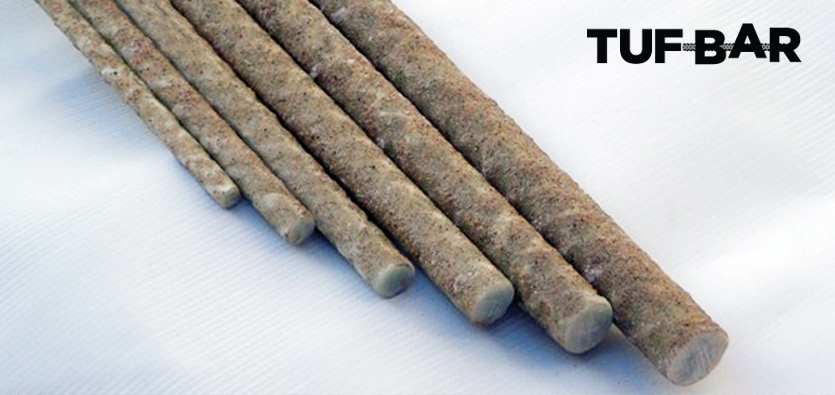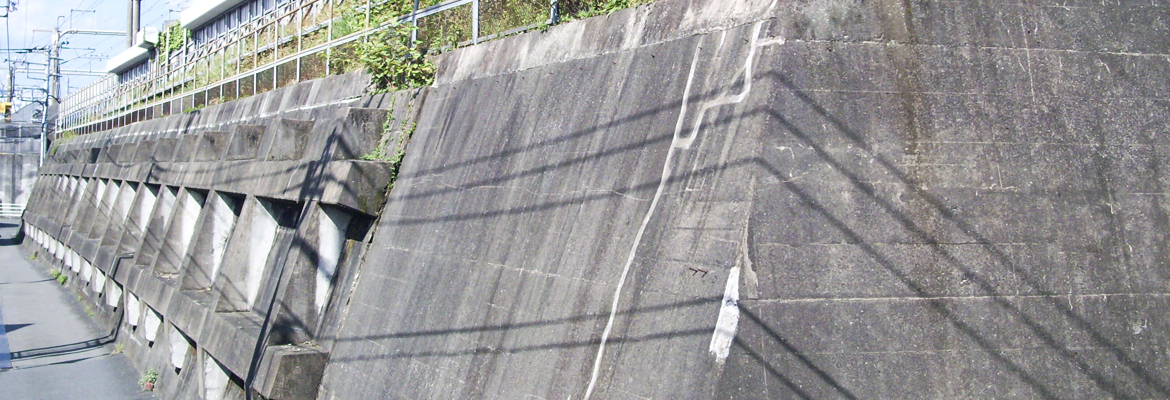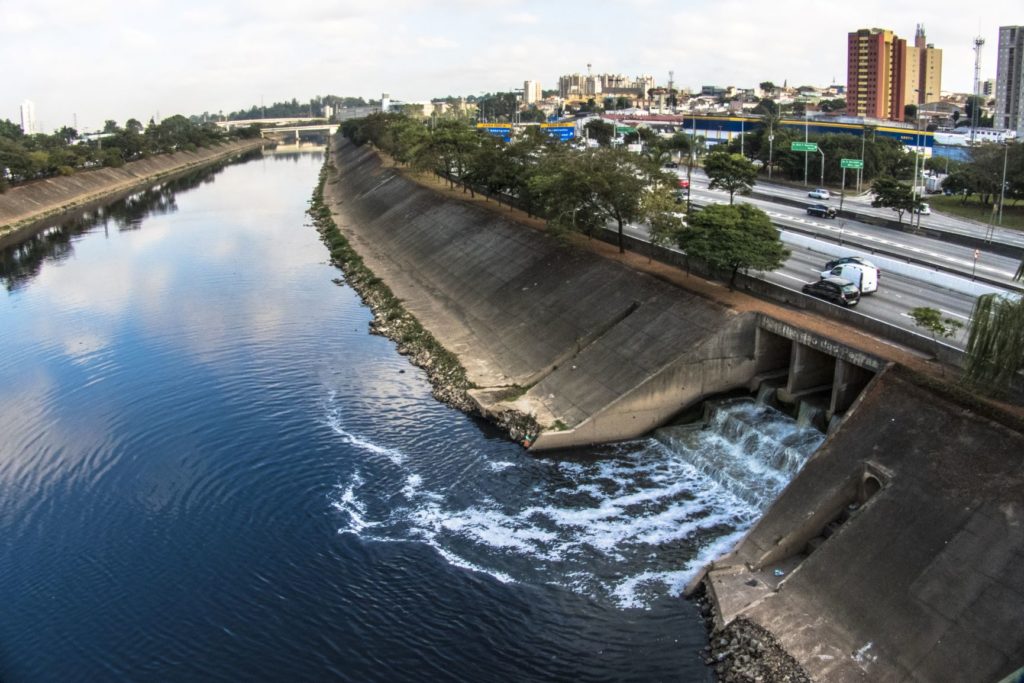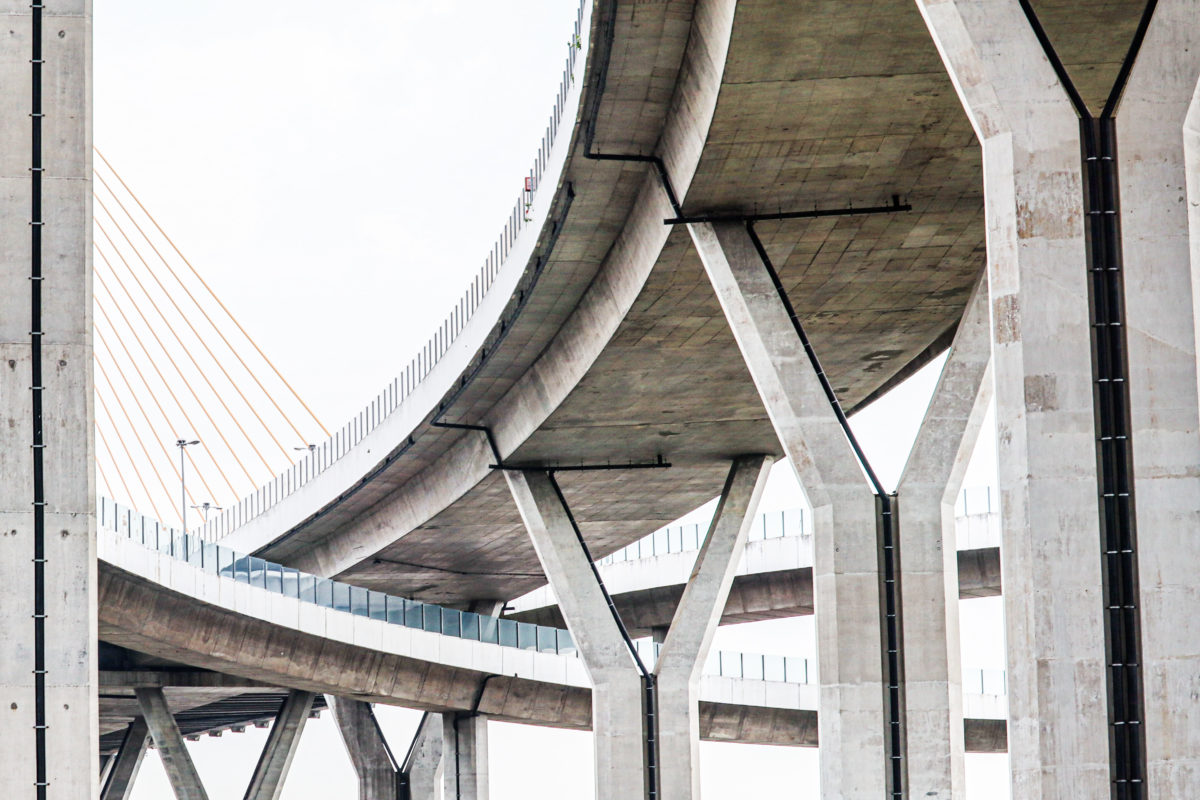Fiberglass rebar has emerged as a game-changer in the construction industry, offering a lightweight, corrosion-resistant alternative to traditional steel rebar. However, like any construction material, proper installation and maintenance are critical to ensuring optimal performance and longevity. In this blog post, we’ll delve into essential guidelines and best practices for contractors and builders working with fiberglass rebar.
Installation Tips: Building a Solid Foundation
Ensuring a durable and long-lasting structure begins with the proper installation of fiberglass rebar. Start by thoroughly understanding the manufacturer’s guidelines and recommendations for installing fiberglass rebar. This includes specifications for diameter, spacing, and placement within the concrete structure.
You will then need to start by meticulously preparing the site, clearing away debris, and ensuring a level surface. During installation, attention to detail is key – use appropriate spacing and alignment to maximize the rebar’s reinforcing potential. Additionally, consider the depth at which the fiberglass rebar is placed, accounting for the specific requirements of your project. As you secure the rebar in place, be sure to follow industry best practices, taking into account the structural demands of your construction. The success of your construction project hinges on a well-executed foundation in order to build a resilient and enduring structure.
Prevent Damage During Handling:
Fiberglass rebar is known for its durability, but it’s not indestructible. Handle it with care during transportation, storage, and installation to avoid potential damage that could compromise its structural integrity. When not in use ensure that you store fiberglass rebar on a flat, level surface to prevent bending or warping. Avoid stacking materials on top of the rebar and keep it away from sharp objects that could scratch or damage the surface.
Fiberglass rebar is susceptible to damage from prolonged exposure to UV radiation. If the rebar will be exposed to sunlight during construction, consider covering it or using UV-resistant coatings.
Ensure Proper Alignment and Spacing:
Accurate placement is crucial for the effectiveness of fiberglass rebar. Use spacers and supports to maintain the correct alignment and spacing as specified by the project’s engineering plans. Use Compatible Materials:
When choosing other construction materials, such as concrete mix and adhesives, ensure compatibility with fiberglass rebar. This will help prevent any adverse reactions that could compromise the performance of the rebar.
Maintenance Best Practices: Preserving Performance Over Time Regular Inspections:
Implement a routine inspection schedule to assess the condition of the fiberglass rebar. Look for signs of damage, including cracks, chips, or exposure to harsh elements.
Cleanse Exposed Rebar Surfaces:
In environments with high chemical exposure or corrosive elements, regular cleaning of exposed rebar surfaces is essential. Use a mild detergent or recommended cleaning solution to remove any potential contaminants.
Address Repairs Promptly:
If any damage is detected during inspections, address repairs promptly. Follow the manufacturer’s guidelines for repair materials and methods to ensure a seamless and effective restoration. Protect Against UV Exposure:
If fiberglass rebar is exposed to sunlight during construction or after installation, consider applying a UV-resistant coating to prevent degradation from prolonged exposure to ultraviolet rays. Document Maintenance Activities:
Keep detailed records of maintenance activities, including inspection dates, repairs made, and any changes in environmental conditions. This documentation can be valuable for future reference and can assist in identifying patterns or potential issues.
Preserving the Strength of Fiberglass Rebar
Proper installation and maintenance are paramount to unlocking the full potential of fiberglass rebar in construction projects. By adhering to manufacturer guidelines, incorporating best practices, and staying vigilant with routine inspections, contractors and builders can ensure the longevity and optimal performance of fiberglass rebar structures. In doing so, we contribute to the advancement of durable, sustainable, and resilient construction practices in the years to come. For more information on fiberglass rebar products contact us today.





